Along the Benjamin Franklin Parkway, gardens with tall grasses and fall perennials and a low-slung building using wood and reflective metal cladding announce Calder Gardens, a welcome new kind of cultural destination in Philadelphia. Opened on September 21, the institution brings together the art of visionary artist and sculptor Alexander Calder and the talents of architectural firm Herzog & de Meuron and Dutch garden designer Piet Oudolf. From the street, Calder Gardens’ building and naturalistic gardens look completely different from the Parkway’s more classically designed cultural institutions. Inside the museum, the absence of wall labels for Calder’s art and the uniquely shaped gallery spaces are also unconventional, designed to encourage freedom of interpretation. Despite these differences, Calder Gardens seems perfectly at home on the Parkway, given the city’s role as a horticultural center (America’s Garden Capital) and its deep association with the Calder family.
The Power of Partnership
Philadelphia’s Calder connection began with sculptor Alexander Milne Calder (1846–1923), known for his iconic 37-foot-tall bronze statue of William Penn atop City Hall, along with more than 250 other statues adorning that building. His son, Philadelphia-born sculptor Alexander Stirling Calder (1870–1945), designed the art deco Swann Memorial Fountain in Logan Circle along the Parkway in 1920. Stirling Calder was the father of Alexander Calder (1898–1978), inventor of the type of kinetic sculpture known as a mobile. The latter’s Ghost mobile (1964) hangs in the Great Hall of the Philadelphia Museum of Art.
A museum on the Parkway dedicated to Alexander Calder had been a civic dream since the late 1990s. The mile-long Parkway is home to cultural institutions including the Philadelphia Museum of Art, the Barnes Foundation (since 2012), the Rodin Museum, and the Franklin Institute, among others. In 2017 the idea revived under the leadership of philanthropist Joseph Neubauer, the lead private funder for the $90 million project. He put together a partnership that included other donors, the City of Philadelphia, and the Commonwealth of Pennsylvania. They collaborated with Alexander S. C. Rower, Calder’s grandson and President of the nonprofit Calder Foundation, which interprets and preserves Calder’s art. As Chair of the Calder Gardens Curatorial Committee, he is in charge of the overall artistic vision. The nonprofit Calder Gardens is run by a Board of Trustees, and the Barnes Foundation, located kitty-corner to Calder Gardens, is responsible for operational and administrative support.
A New Kind of Place for Art
The Parkway site for Calder Gardens was unpromising, “a leftover space without much obvious charm,” as described by Herzog & de Meuron. Backed by the noisy Vine Street Expressway, its tapering, awkwardly shaped 1.8 acres presented challenges for an institution creating a space that would encourage personal interaction between art and nature. The architects and garden designer Piet Oudolf responded brilliantly with naturalistic gardens fronting the Parkway and a long, low, vaguely barn-like building set back on the site. Its gently reflective cladding echoes the nearby trees, the gardens, sky, and city life.
Paths through the gardens lead to the wooden entrance doors of the 18,000-square foot museum. Inside, a series of distinctly shaped, mostly underground spaces—with names like the Apse Gallery, Curve Gallery, and Open Plan Gallery—have windows that let in a good amount of light. Calder Gardens, a non-collecting institution, displays works from the Calder Foundation and other museums, presenting the full range of Calder’s creativity. His artistic innovations began in the 1920s with a new method of sculpting by bending and twisting wire. He revolutionized sculpture by creating abstract kinetic works that moved with the air and human interaction. In 1931, Marcel Duchamp provided the name “mobile” to describe them. Displays of Calder’s metal mobiles and stabiles (the stationary counterpart to the mobiles), paintings, drawings, wire sculptures, jewelry, and more will be changed gradually, just as the gardens change with the time of day and the seasons.
The gallery spaces, some of which are tucked away, are surprising and exciting, using different textures and heights to create interest. This, the museum’s intimate size, and the absence of wall labels (the website has a map and basic identification) aim to inspire personal responses to the art and provide places for reflection rather than an art historical perspective. A mezzanine-like space with step seating offers views of art including a mobile and stabile, both called Black Widow, in the Tall Gallery below, while the Niche holds works including the white mobile 21 Feuilles Blanches. This upper area also has views of the Open Plan Gallery, with works such as the monumental Jerusalem Stabile II. The Curve Gallery, which wraps around the circular Sunken Garden (visible through a window, with a stabile in it), displays works on paper, oil paintings, and sculptures. Tucked away off the Curve Gallery, a small space holds creations by three generations of Calders, including Calder in Scottish Cap and Cape (c. 1904), a portrait by Nanette Lederer Calder. The irregular-shape, open-air gallery called the Vestige Garden, currently home to a stabile called Tripes, is accessed from the lower level. Its concrete walls, which will eventually be covered by plants, recall the area’s grid pattern before the Parkway was developed.
The Gardens
Alexander S. C. Rower has said that he “proposed that Piet Oudolf design wild, crafted gardens with native species because ecology was one of my grandfather’s great passions. Visitors will experience art and nature in dynamic harmony—an active event, constantly changing.” The 1-acre design features seven distinct areas, two of which are part of the building, and utilizes 37,000 perennials from over 195 varieties, as well as trees, shrubs, and climbing plants. This fall, the garden looks enticing, but it will be stunning as plants grow in. To support the garden’s focus on sustainability, plants will not be cut back in fall but will remain so they can support pollinators and wildlife. The gardens are free for the public to enter when the museum is open.
In the East and West Perennial Meadows that border the Parkway, native and some non-native plants including asters, Turkish sage, and beebalm are in groupings with bluestar (Amsonia), cranesbill, and others, providing interest in different seasons. Between these areas, a Prairie Matrix uses prairie dropseed (a tall grass) and other grasses and perennials to convey the feeling of America’s prairies. The West Woodland Garden at the North 22nd Street entrance features native trees like swamp white oaks and eastern redbud.
Programming
Creative ways to engage with the local community and visitors will be the focus of programming as plans develop. On example: Calder Gardens’ opening event, a free parade on the Parkway called Chaos and Kisses, featured Philadelphia-based performers and artists and a concert by Sun Ra Arkestra in Maja Park. Upcoming new commissions will highlight work by Chilean artist and poet Cecilia Vicuña and Raven Chacon, the Pulitzer Prize–winning Diné artist, composer, and musician. Self-guided audio walks by cultural figures, film screenings, readings, horticultural initiatives, and sound- and movement-based performances are examples of programs that will support the mission of making Calder Gardens a place of personal renewal and cultural learning for all.
Side Dish
Near Calder Gardens, the Barnes Foundation’s Garden Restaurant (museum admission not needed to dine) offers a pretty spot for a relaxing lunch or brunch, with tapestries on the walls and windows overlooking a garden. The seasonal modern American menu may list a few dishes related to special exhibitions or events. Salads, sandwiches, and larger main courses, such as a seared tuna Niçoise salad, a Barnes cheddar burger, and a grilled vegetable quiche, are attractively presented. There’s alfresco dining in season.
Linda Cabasin is a travel editor and writer who covered the globe at Fodor’s before taking up the freelance life. She is a writer for Fodor’s Philadelphia and a contributing editor at Fathom. Follow Linda on Instagram at @lcabasin.
All photos by Linda Cabasin

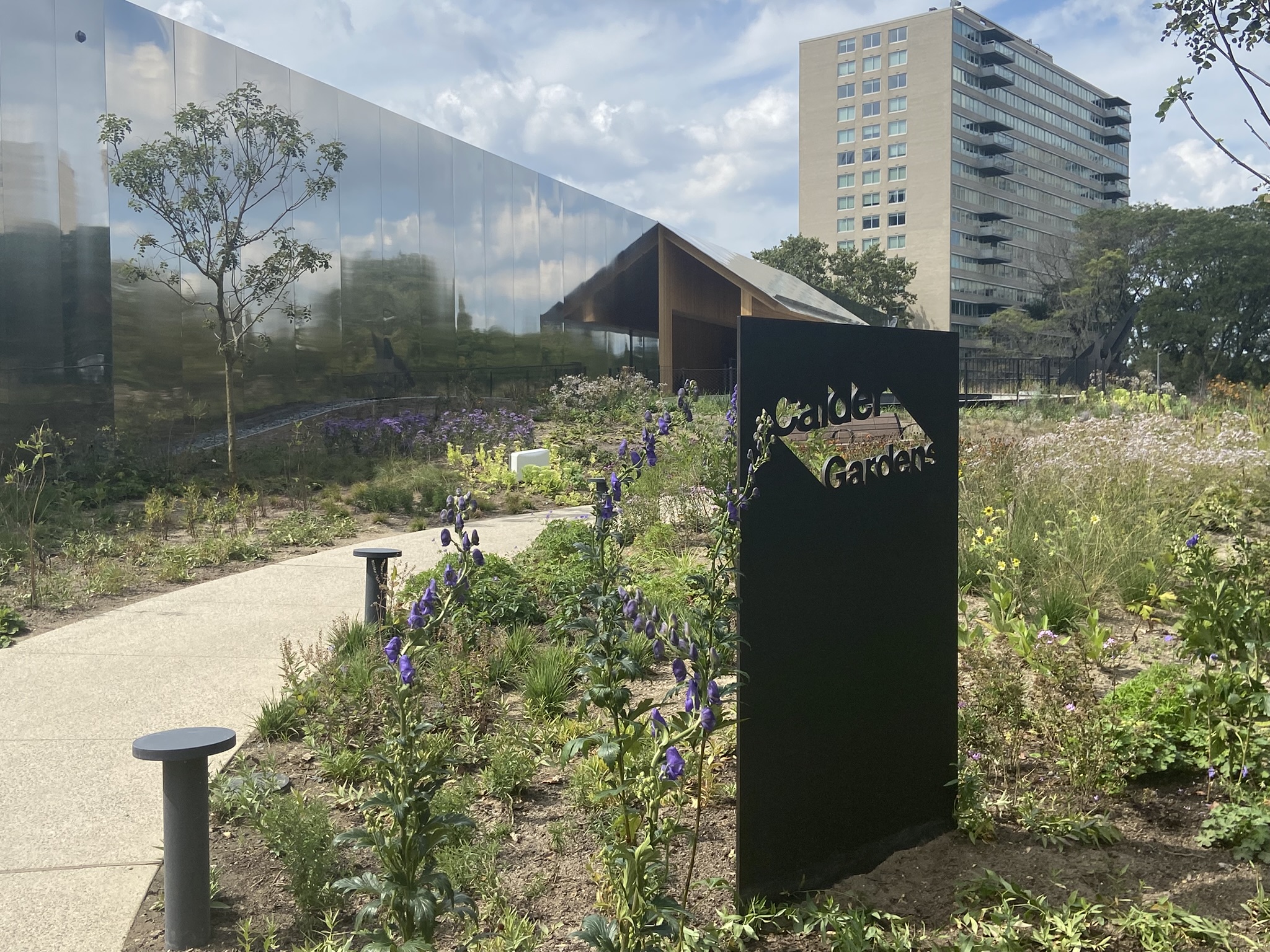
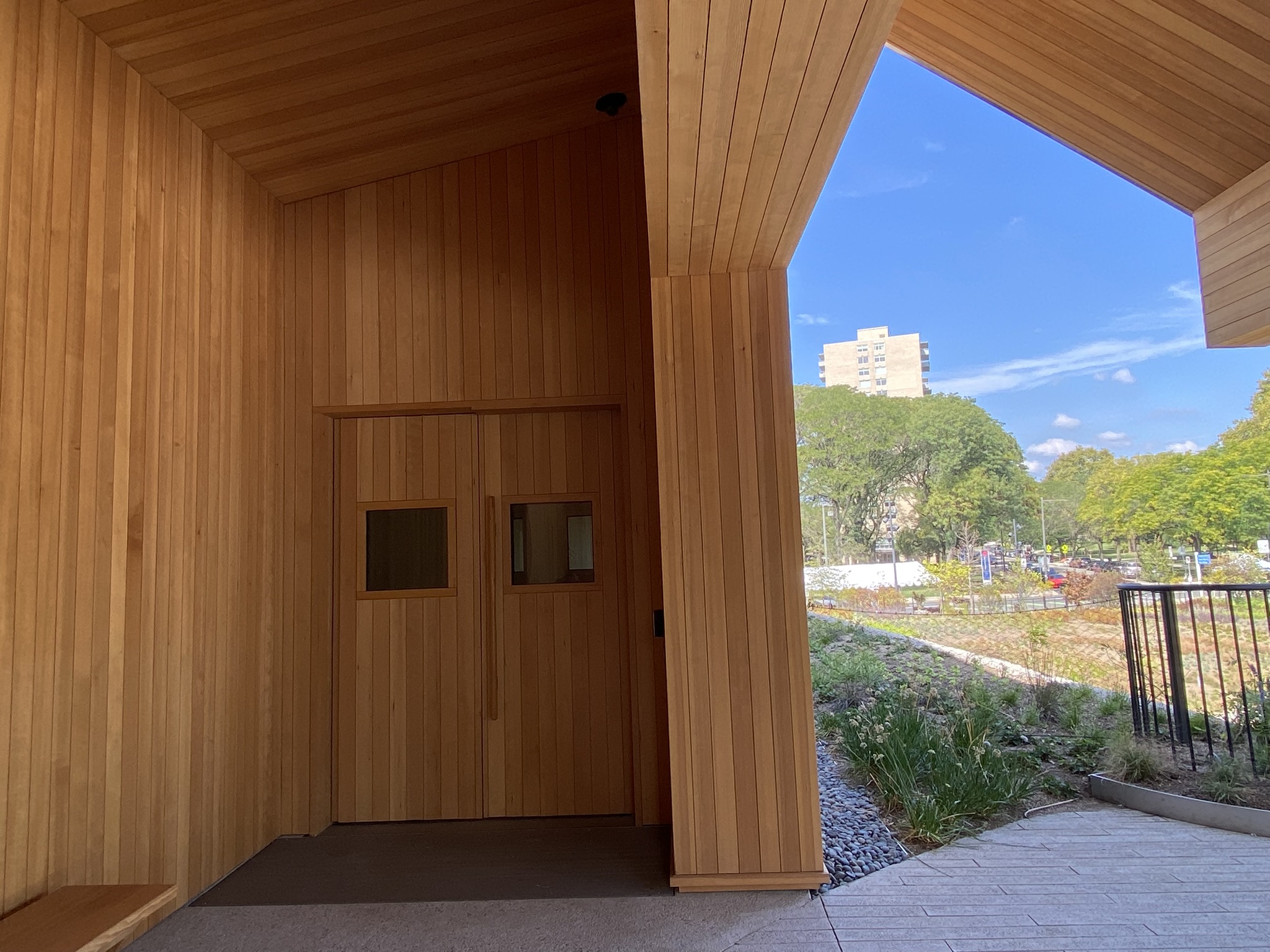

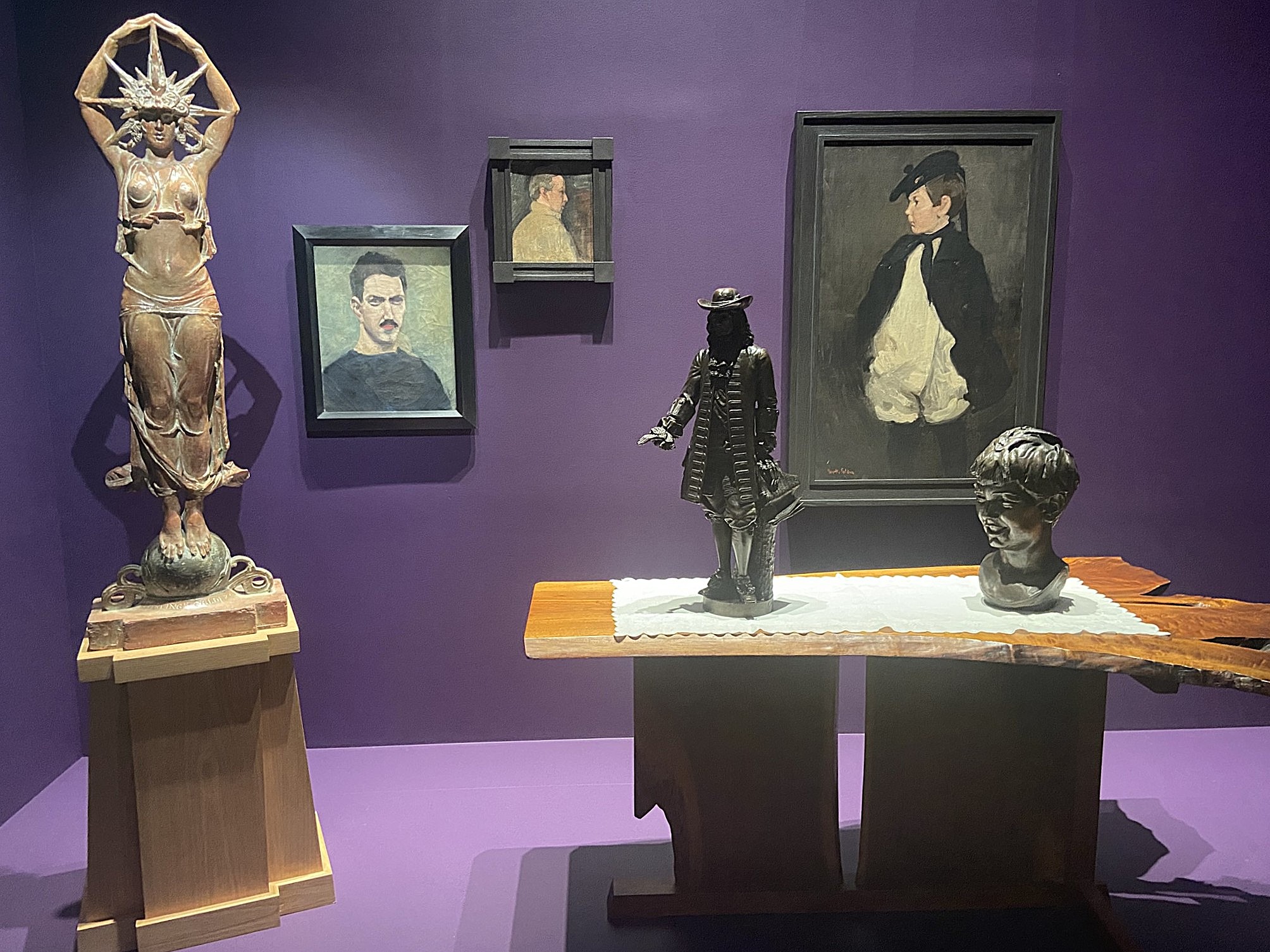
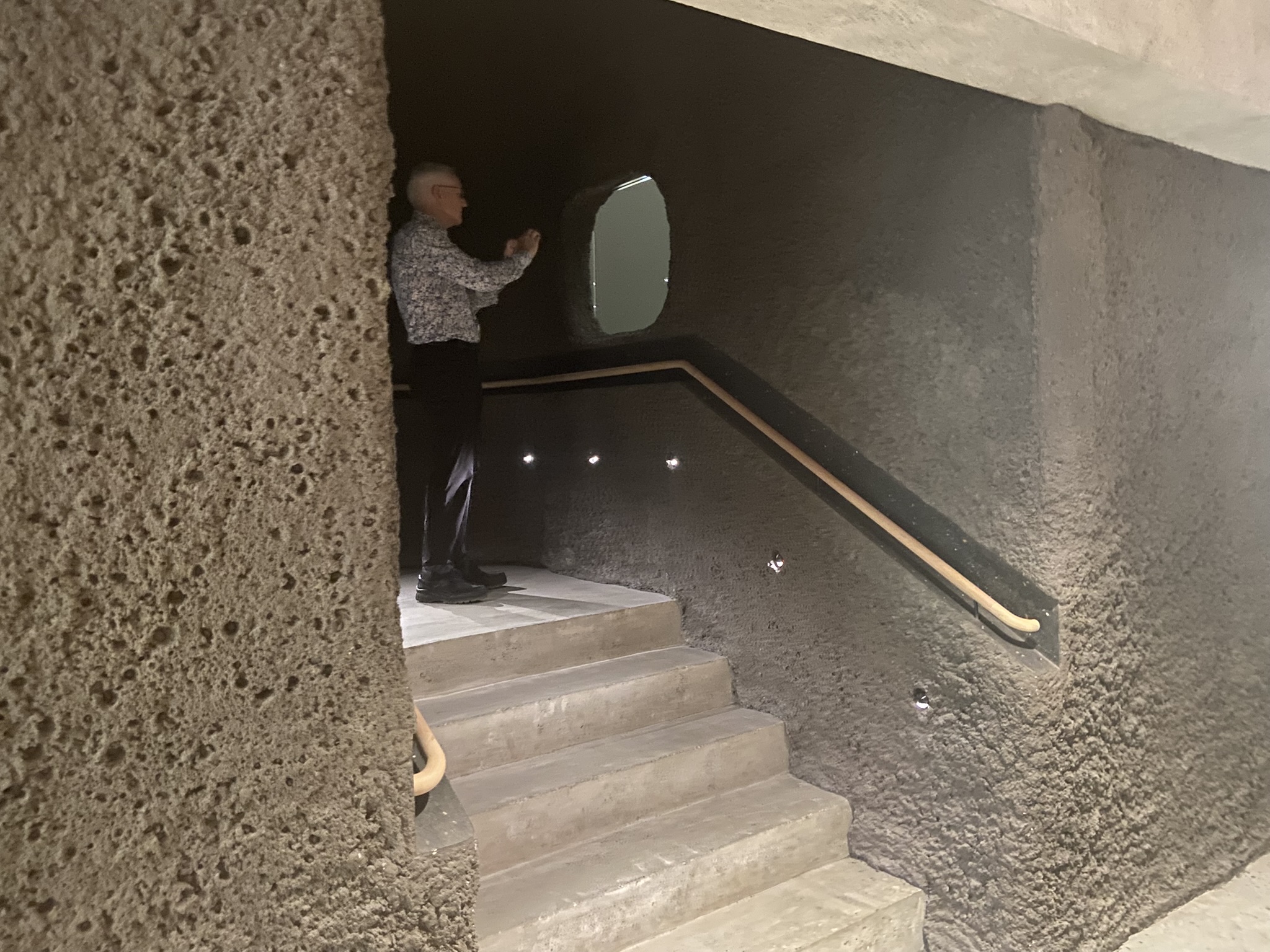



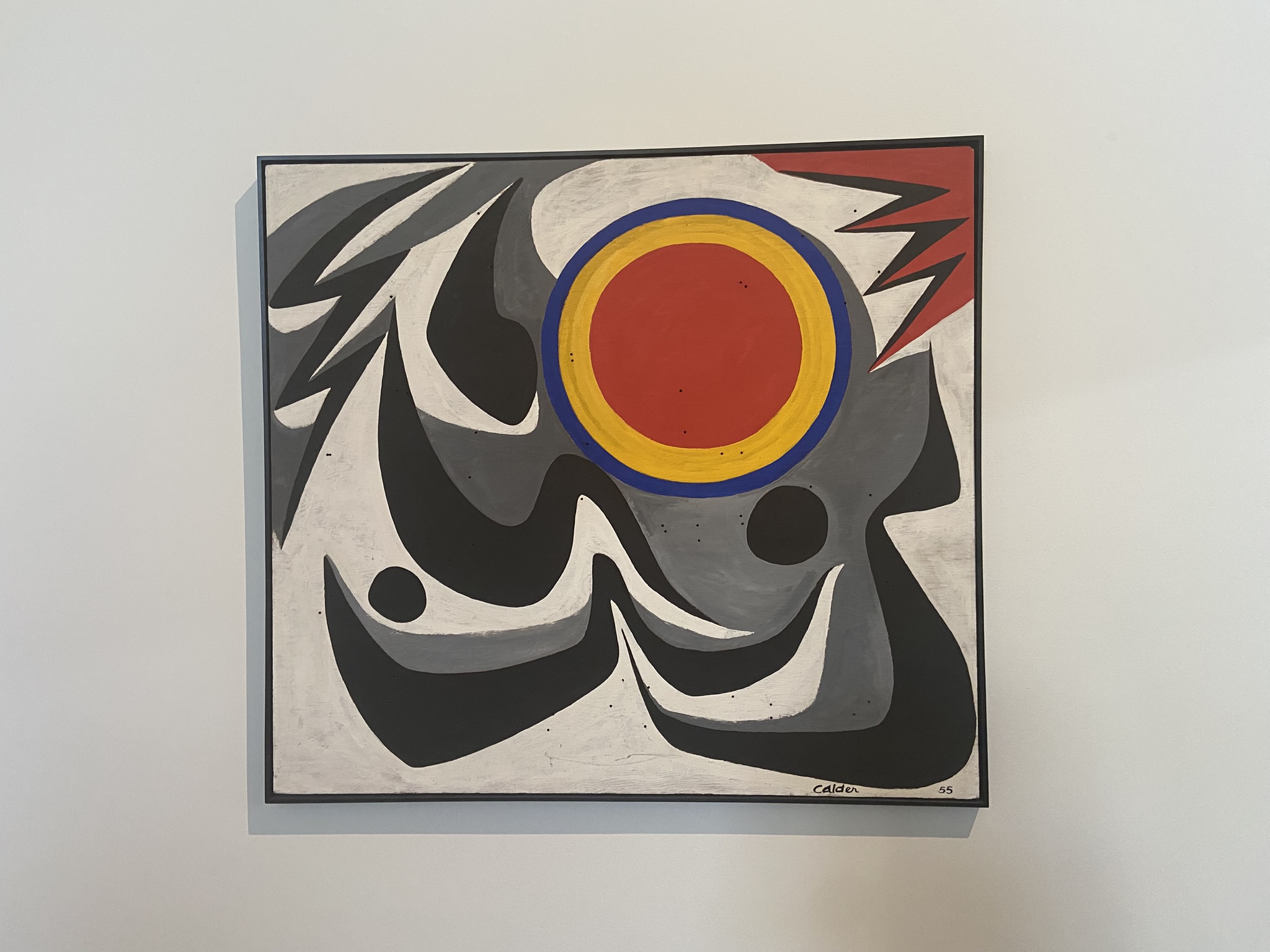
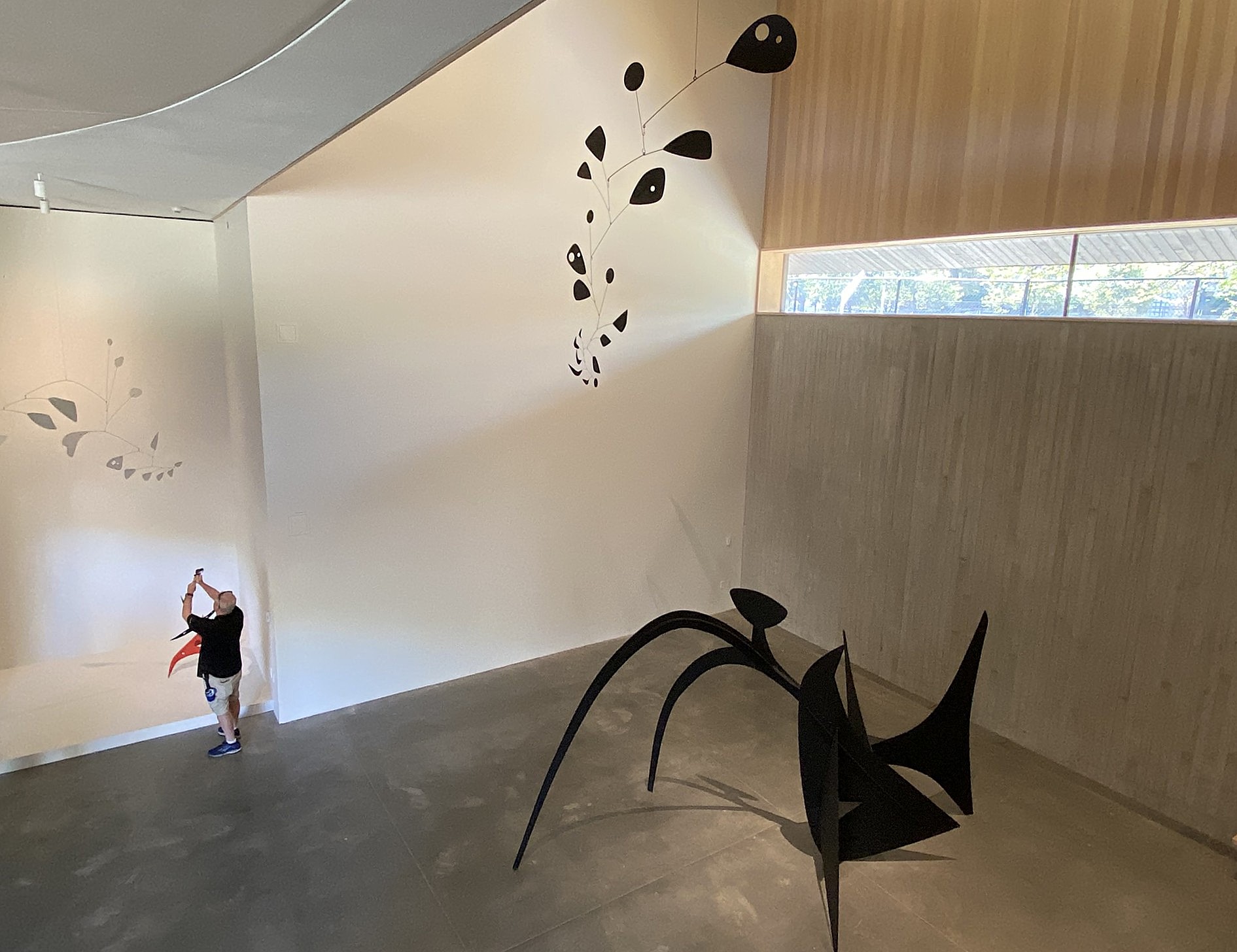
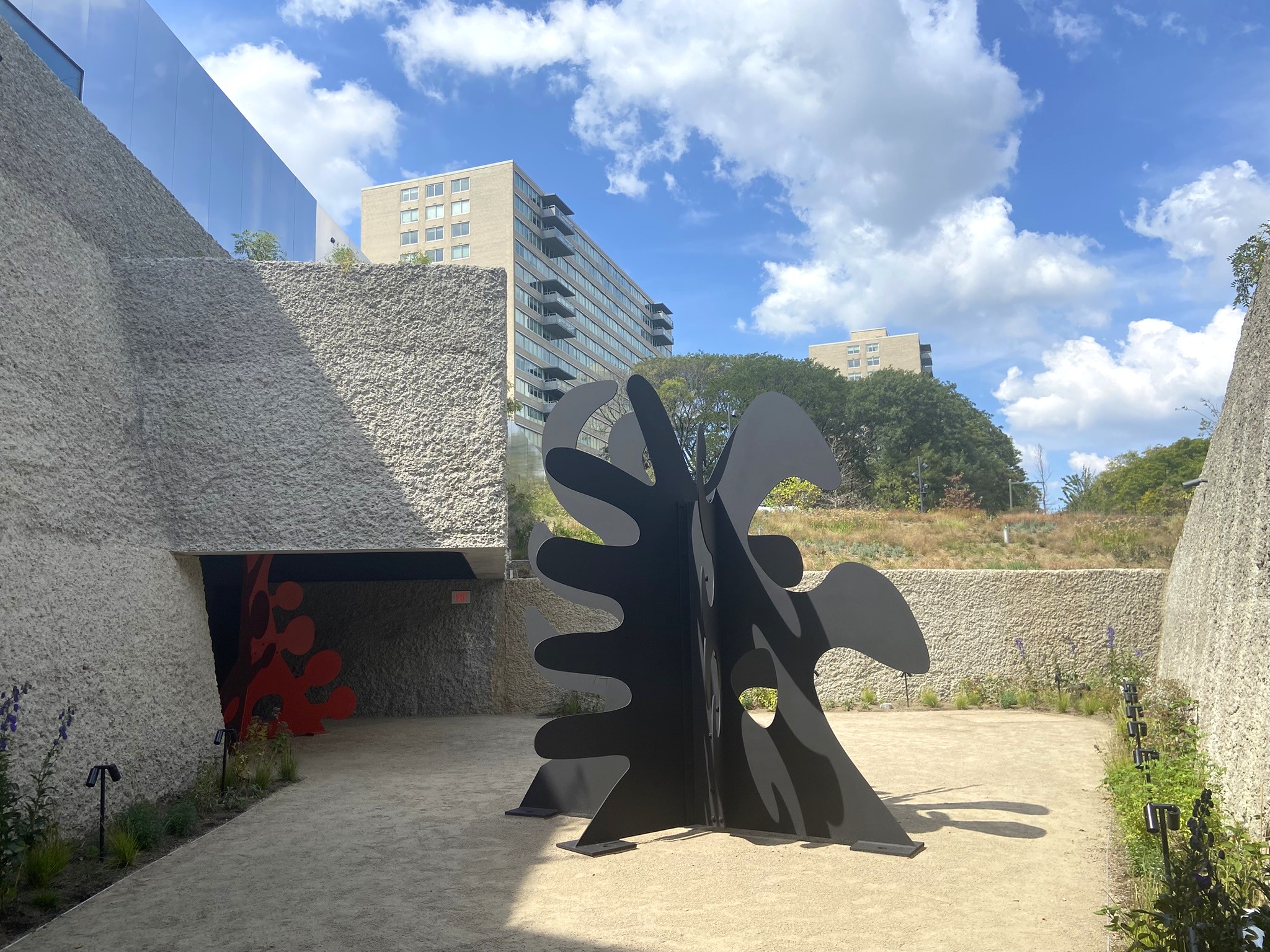
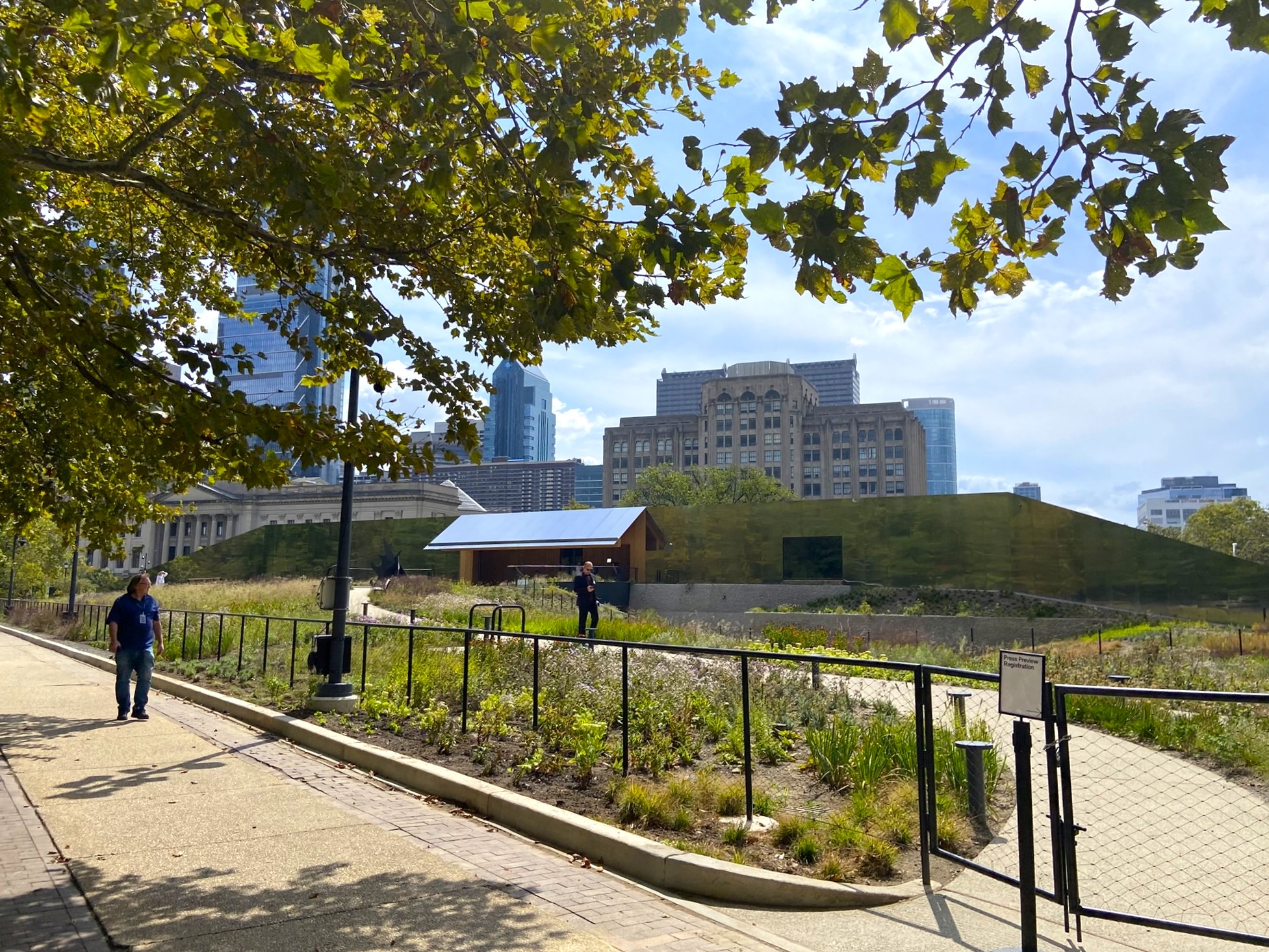
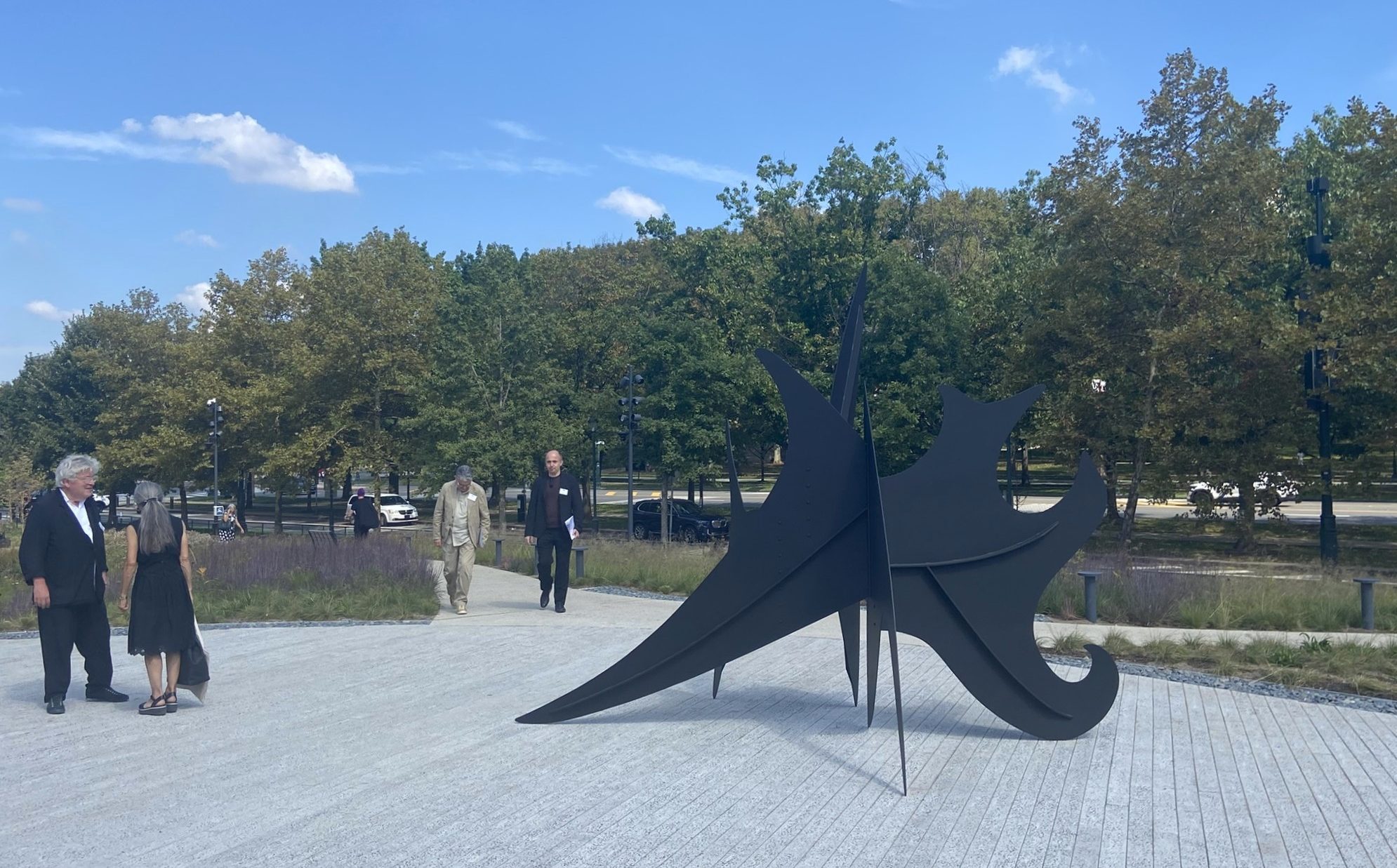
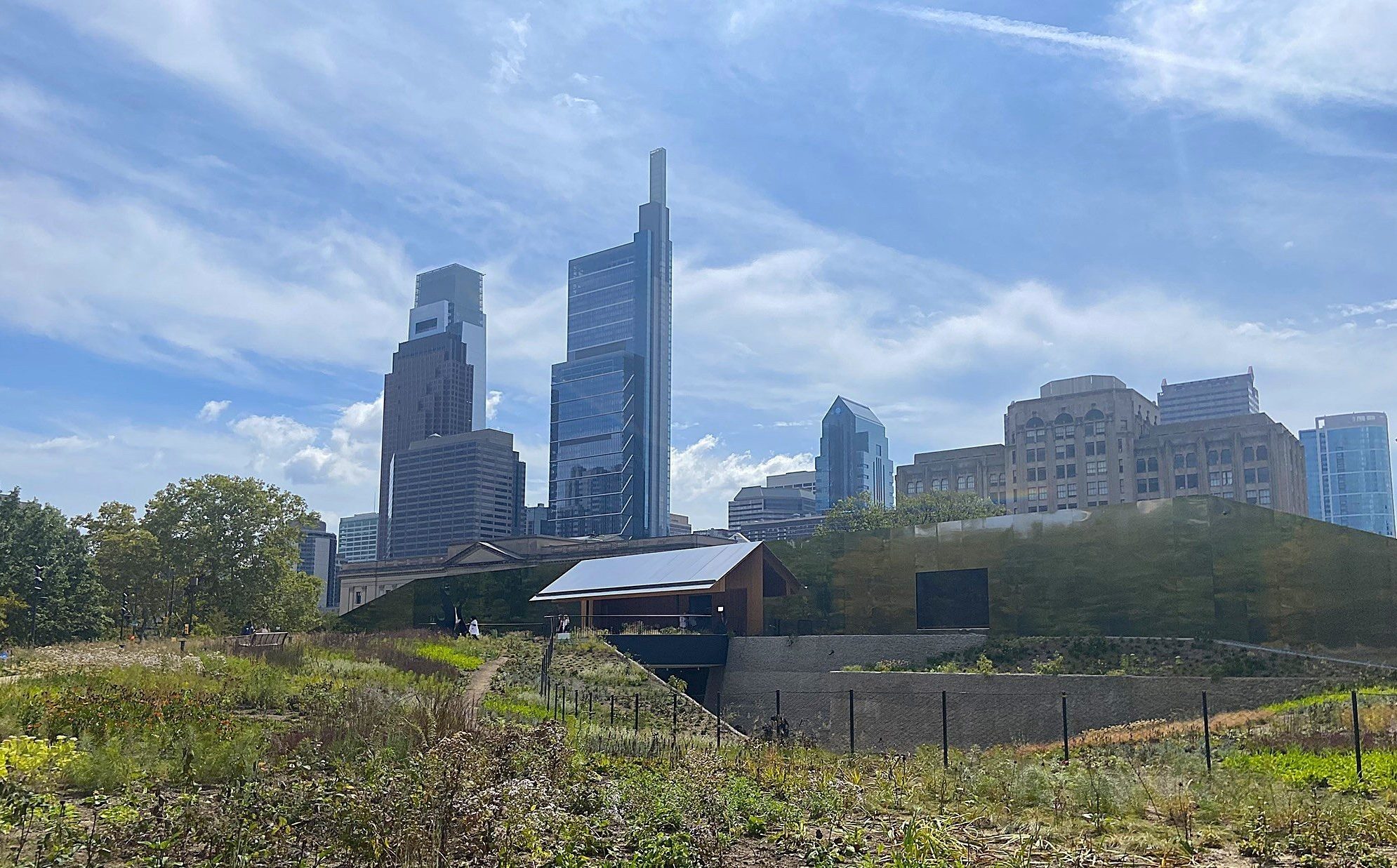
I love this piece..and the photos! Clearly time for another visit to Philly!
Thank you Deborah! So appreciate you reading Side of Culture. Linda’s article is amazing and so is the Calder Garden. with best wishes, Victoria